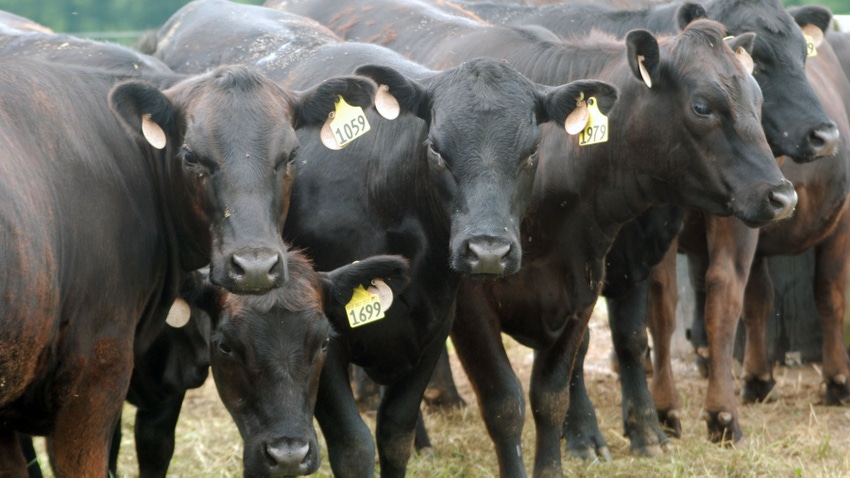December 21, 2023

By James Mitchell, University of Arkansas, and Kenny Burdine, University of Kentucky
The U.S. cowherd reached a 60-year low in 2023. Some of this decline is driven by efficiency in the beef industry. We produce more with less. As such, it would be misleading to compare today to 60 years ago. It still does speak to how significant the recent declines in beef cow numbers have been.
For a more recent comparison, the 2023 cowherd is slightly smaller than in 2014, a year fondly remembered by most in the cattle business. Expansion resulting from those 2014/2015 price levels continued until 2019, and the cowherd has been getting smaller since then. The first figure in this article shows beef cow inventories from 1940 to 2023.
2020 was set to be the high-water mark for U.S. beef production. While production increased slightly in 2020, COVID backlogs pushed some of that production into 2021. Then, widespread drought led to significant increases in female slaughter in 2022, which resulted in another year-over-year increase. That brought us to 2023, which ended up being the first year-over-year decrease in beef production in eight years.
Data on cow slaughter and the share of heifers on feed both imply another year of declining inventories. Nationally, there is no doubt this cowherd got even smaller during 2023. Weather and hay supply has been an issue in some areas, but we also think we have to consider the impact that input costs and high interest rates have on the cost of expanding one’s cowherd.
At some point, expansion will occur, but farmers are not at that point yet. All this is to say that the 2024 calf crop will be smaller than the 2023 calf crop, and the feeder cattle supply will continue to shrink. Certainly, numerous things impact markets, but we expect calf prices to be stronger in the spring of 2024 than in the summer of 2023.
It is hard to see beef cow numbers increasing until 2025 at the earliest. So, cow-calf operators should get relatively strong calf prices for a few years. Some may choose to expand during this time, but we always like to point out that there are other ways to capitalize on a solid calf market. Investing in facilities, genetics, grazing systems, etc. has the potential to lower costs and/or increase efficiency.
At the same time, paying down debt and/or building up working capital can put a farm in a better financial position for the future. The point is that each cow-calf operation should take a long-term view when they make decisions and know that what makes sense for one operation may not make sense for another.
Source: Southern Ag Today, a collaboration of economists from 13 Southern universities.
You May Also Like




